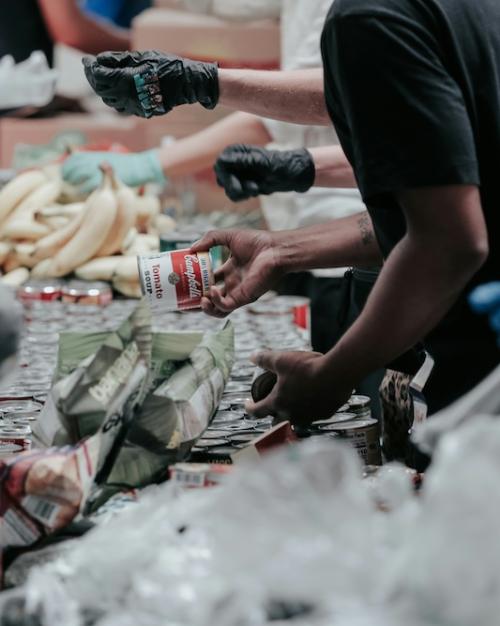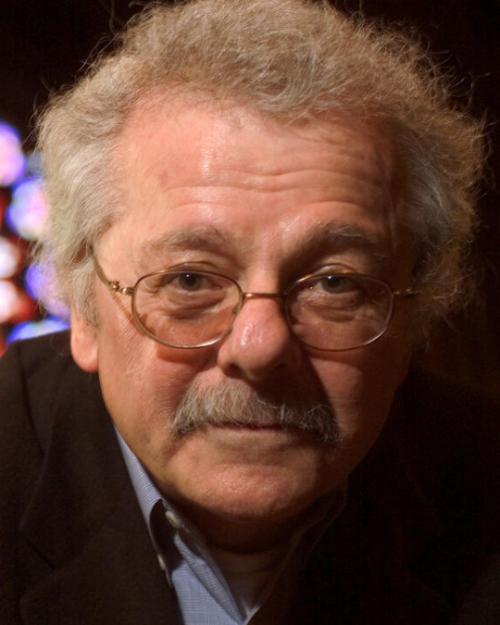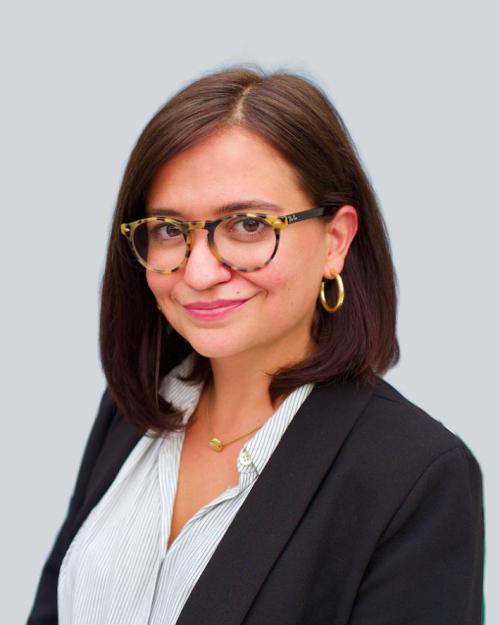From the Los Angeles Asylum Office in Anaheim, California you can see the Disneyland parking lot and even some of the rides. But Disneyland’s iconic childhood vacations are out of reach for the minors visiting the office, as sociologist Chiara Galli knows well.
For six years while doing an ethnographic study, Galli, a Klarman Fellow in sociology in the College of Arts and Sciences, helped unaccompanied minors from Central America navigate the United States’ labyrinthine asylum process. The book she wrote during her Klarman fellowship, "Precarious Protections: Unaccompanied Minors Seeking Asylum in the U.S.” will be published in spring 2023 by University of California Press. In the fall, she’ll begin a faculty position at the University of Chicago.
“The irony of going with children to the asylum office and staring at the Disney roller coaster is striking,” said Galli.
In an interview, Galli gave insight into what she learned during the course of her research about the asylum process, particularly as experienced by child migrants.
Question: What activities did you participate in while collecting material for this book?
Answer: Nonprofit organizations helping migrants are working under severe resource constraints, and they can always use an extra hand. I became very involved in case preparation. Since I’m fluent in Spanish I was helpful to have around.
I spent the day hanging out with lawyers and paralegals, discussing cases with them, helping out and sitting in as they met with their young asylum-seeking clients. Another typical day would be spending hours in Los Angeles traffic driving to immigration court or the asylum office.
Over six years of research, I did more than 120 interviews. I followed the cases of nearly 80 children who were applying for asylum and collected over 1,000 pages just of ethnographic field notes and thousands of pages of interview transcripts.
Q: What does the title of your book refer to?
Children and unaccompanied minors in particular are a special class of immigrants because they have formal protections. These are both under international law, mainly the Convention on the Rights of the Child (CRC), but also in the domestic legal frameworks of most European receiving countries as well as the U.S., despite the fact that shamefully we never ratified the CRC.
Not only do they have human rights like all human beings, we’ve agreed that they require supplemental protections because of their social position as dependents on adults and because they’re at a stage of cognitive and developmental immaturity. Formally, most receiving countries that are liberal democracies agree on this. But when it comes to implementing our well-intentioned policies, things start to get tricky. As the title of my book suggests, protections become precarious in practice. There is always a tension between this intent to protect and this fear of the foreign other, this desire to exclude.
Q: What do you hope to achieve with this book?
A: One of the main goals of the book is to demystify the U.S. asylum process. People have a lot of assumptions and opinions about asylum. The idea we have of a refugee is someone fleeing violence and seeking protection by crossing international borders. But our asylum system fails in its intent. This is not because, as people assume, asylum seekers are bogus or submitting fraudulent claims; it’s because we have an extremely restrictive asylum law that was born after World War II that privileges the experiences of men fleeing political persecution.
New groups of individuals fleeing violence, such as unaccompanied minors, have a hard time fitting into these rigid legal categories, which have evolved some since WWII, but not enough to really protect their real-world experiences.
Q: Your study focuses on youths leaving Central American countries for the U.S., most of them to flee violence. What would you like Americans to know about this class of migrants?
Teenagers are in a liminal stage in the life course. They’re at a halfway place between childhood and adulthood. If you grow up in a context of life-threatening violence, it means that some of these steps you are taking toward adulthood and your dreams and plans for the future are forcibly put on hold.
All refugees and immigrants migrate in search of safety and a better life, but these are young people who are also migrating to pursue an envisioned future. They are full of potential and aspirations. I think it’s tragic that when they arrive in the U.S., we put them through this grueling legal process that takes years. In many ways, they’re not able to take steps toward the futures they want because they don’t even know if they’ll be allowed to stay here.
I think we have a long way to go towards delivering on the promise of protection and allowing these young people, who are extraordinary and incredibly brave, to realize their full potential.
Q: How has the Klarman fellowship influenced this book – its creation and its content?
A: The Klarman fellowship has been a wonderful space to develop the book. First, it gave me time to devote myself full-time to writing. Also, Cornell has been a very stimulating intellectual space with The Migrations Initiative as a great intellectual home. I’ve been able to workshop chapters of the book and share findings and also get to know the fantastic migration scholars at Cornell.





